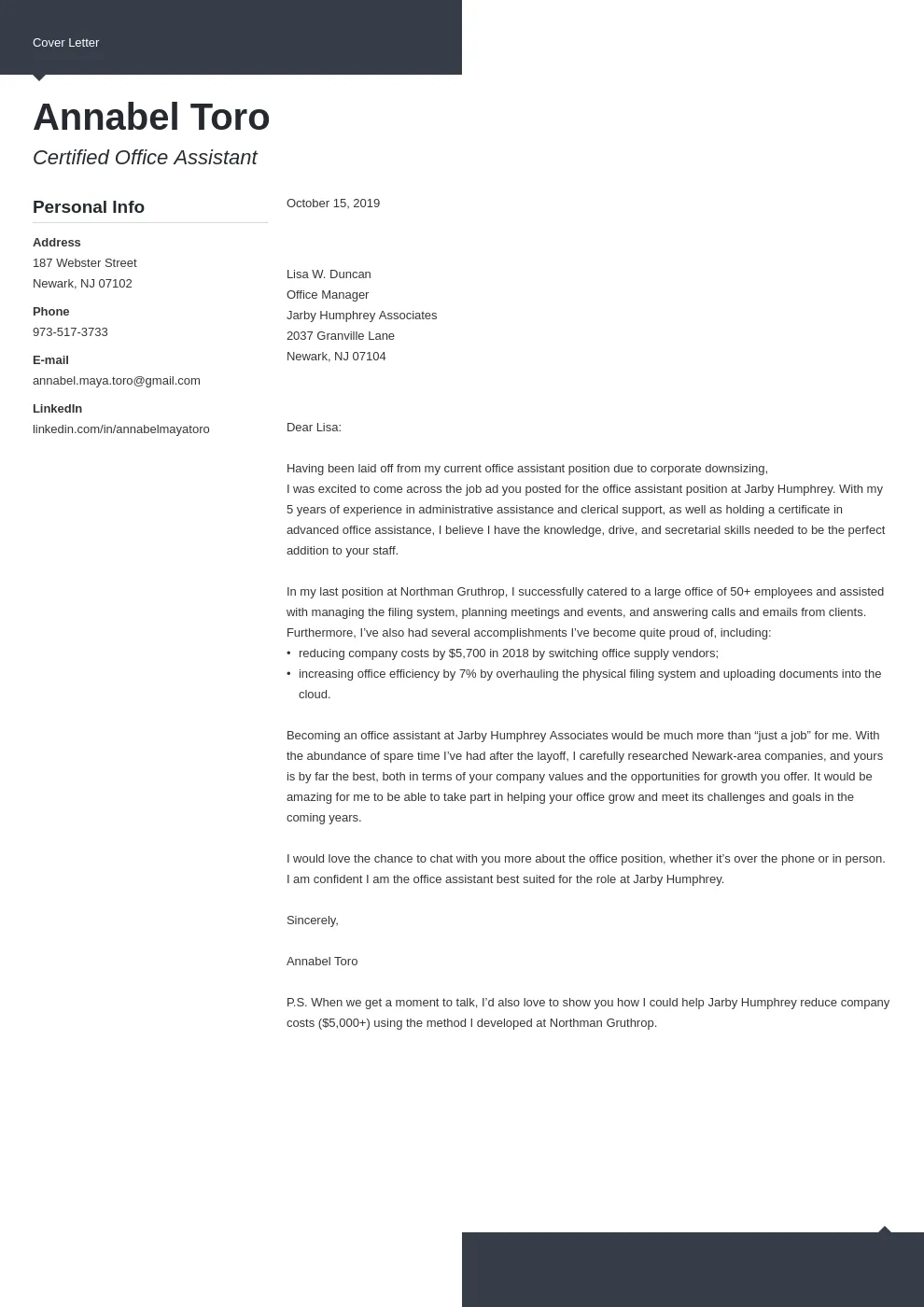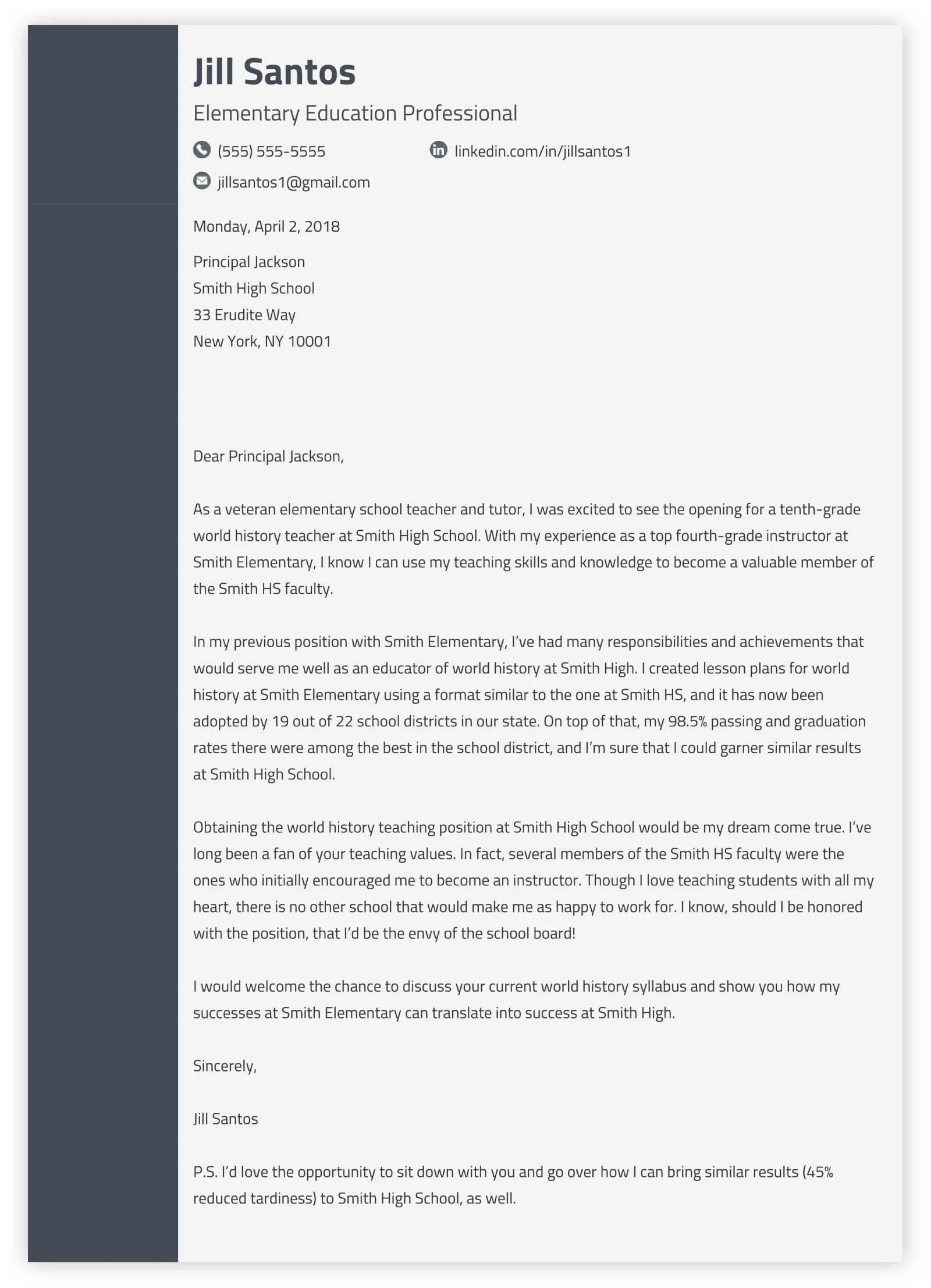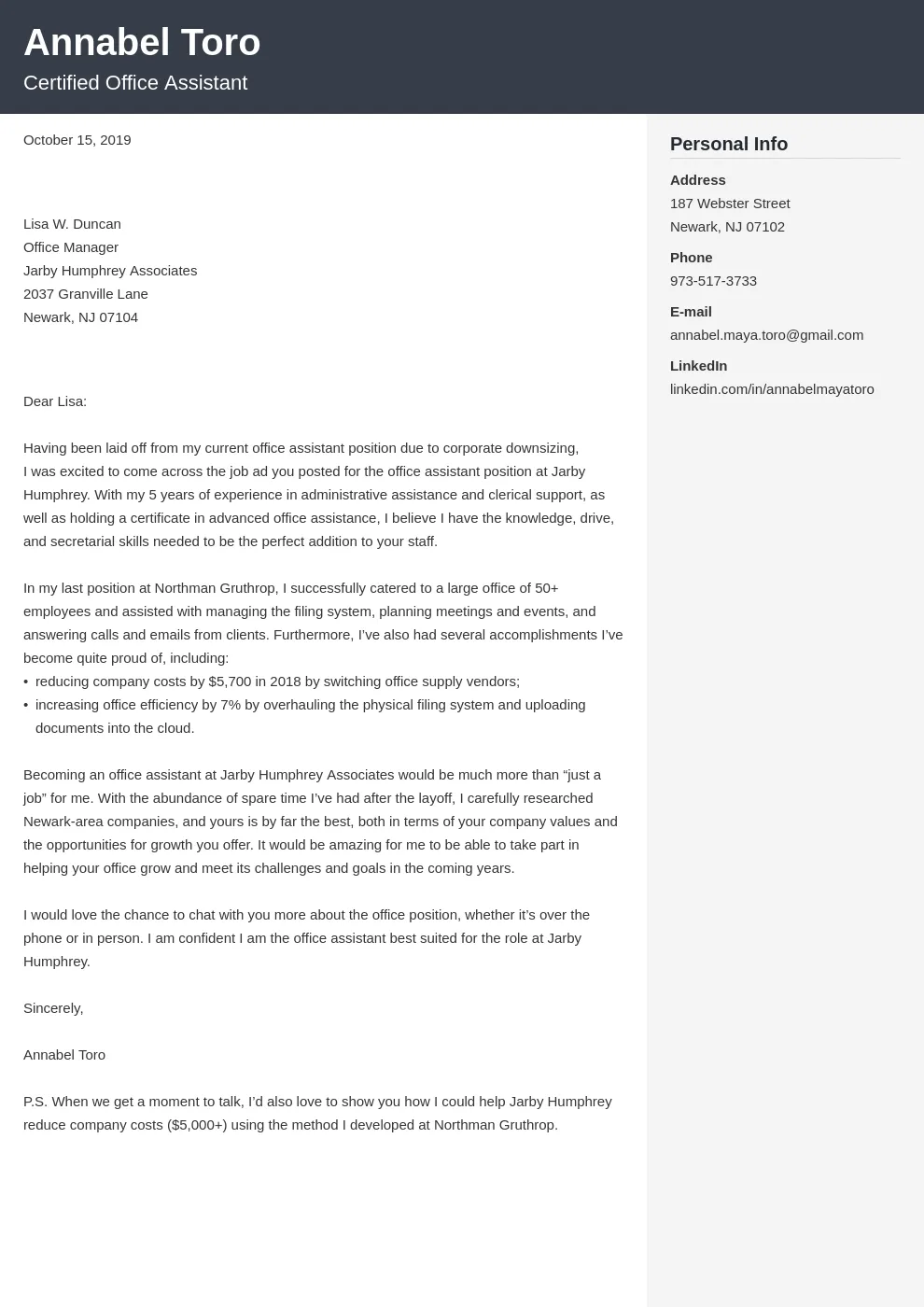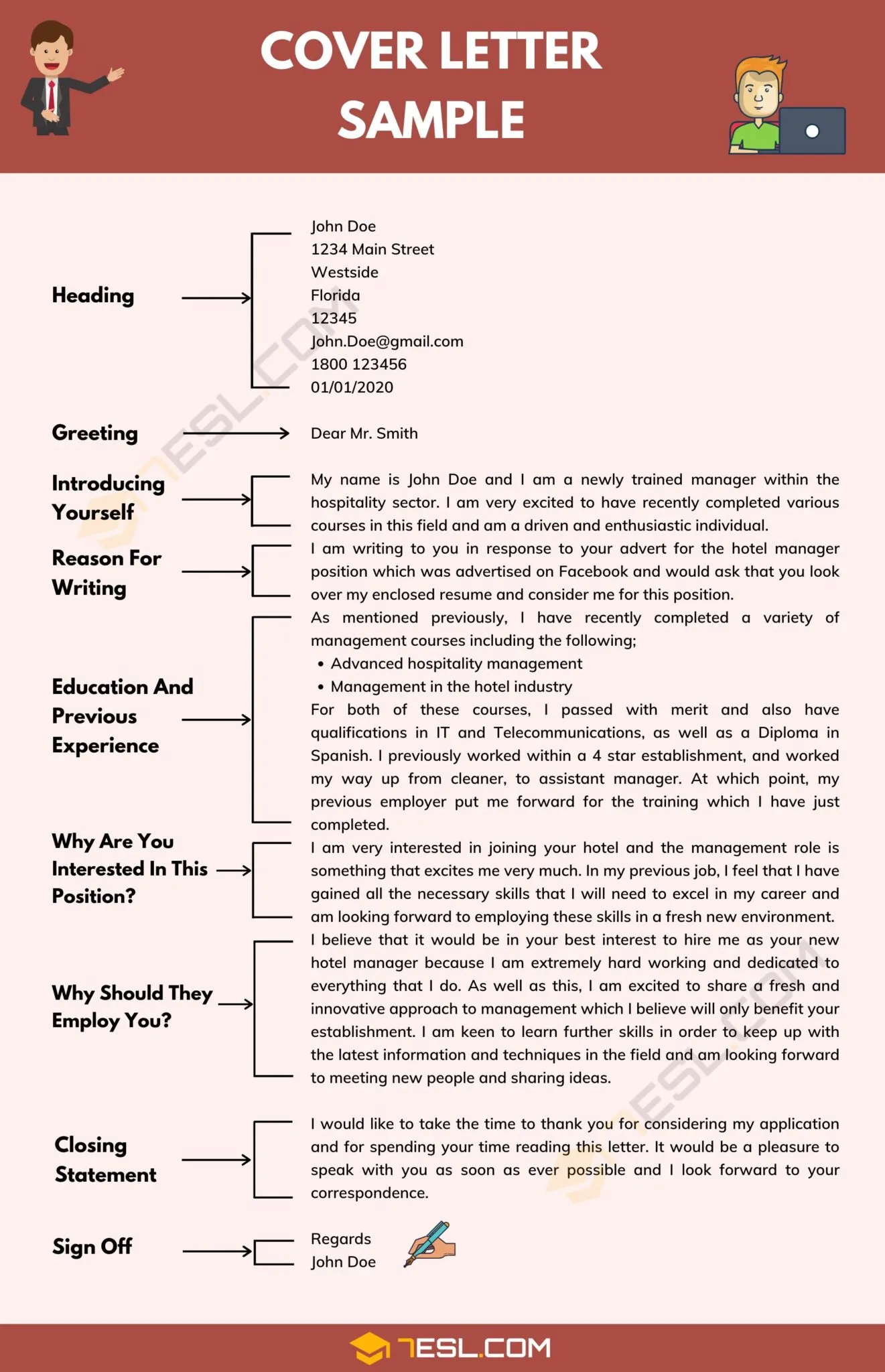Understanding Website Traffic & Importance
Website traffic is the lifeblood of any online business or blog. It represents the number of visitors who come to your website, and it’s a crucial metric for measuring the success of your online presence. The more traffic you have, the more opportunities you have to generate leads, make sales, and grow your brand. This guide will delve into seven effective strategies to significantly boost your website traffic and help you achieve your online goals. Understanding where your traffic comes from and how it behaves is the first step toward improvement, which involves a good analytics setup and regular monitoring of your key metrics.
What is Website Traffic
Website traffic refers to the total number of visitors to a website over a specific period. It’s usually measured in sessions or page views. Different sources like organic search, social media, direct traffic, and referrals contribute to website traffic. Organic search traffic comes from search engines like Google. Social media traffic is driven by links shared on social media platforms. Direct traffic comes from visitors typing your website address directly into their browser or clicking on a bookmarked link. Referral traffic comes from other websites linking to yours. The more diverse your traffic sources, the more resilient your website will be to changes in any one source. Analyzing traffic sources helps you understand where your audience is coming from and which marketing efforts are most effective.
Why Website Traffic Matters

Website traffic is essential because it drives conversions, builds brand awareness, and ultimately leads to business growth. A higher volume of traffic increases the likelihood of generating leads, sales, and revenue. It also provides valuable data about your audience, which helps you tailor your content and marketing efforts to their needs. High traffic volumes signal to search engines that your website is valuable and relevant, which can improve your search engine rankings. Building a strong online presence is impossible without a steady flow of website visitors. The more people who visit your website, the greater your potential for business success.
1. Optimize for Search Engines
Search Engine Optimization (SEO) is the process of improving your website’s visibility in search engine results pages (SERPs). When people search for keywords related to your business, you want your website to appear at the top of the search results. Effective SEO involves various tactics, including keyword research, on-page optimization, and off-page SEO. By implementing these strategies, you can attract more organic traffic to your website. Regular SEO audits and updates are crucial to keep up with search engine algorithm changes and maintain your rankings. Proper optimization is a long-term strategy, but the results are worth the effort, as it is one of the most sustainable ways to attract visitors.
Keyword Research and Implementation
Keyword research is the process of identifying the terms and phrases that people use when searching for information related to your business. Use tools like Google Keyword Planner, SEMrush, or Ahrefs to find relevant keywords with high search volume and low competition. Once you have a list of keywords, incorporate them naturally into your website content, meta descriptions, title tags, and image alt tags. Focus on long-tail keywords, which are longer and more specific phrases that people use when searching. This will help you target a more qualified audience. Continuously monitor your keyword performance and adjust your strategy based on data and changes in the search landscape.
On-Page SEO Techniques

On-page SEO refers to optimizing elements within your website to improve its search engine rankings. This includes optimizing your website’s title tags, meta descriptions, header tags, and image alt tags. Ensure that each page has a unique and descriptive title tag that includes your target keyword. Write compelling meta descriptions that entice users to click on your website in the search results. Use header tags (H1, H2, H3, etc.) to structure your content logically and highlight important keywords. Optimize images by using descriptive filenames and alt tags, as search engines use these to understand the image’s content. Additionally, ensure your website is mobile-friendly, loads quickly, and is easy to navigate. All these elements contribute to a better user experience and help search engines understand your content.
Off-Page SEO and Backlinks
Off-page SEO involves activities that take place outside of your website. Building high-quality backlinks from reputable websites is a critical aspect of off-page SEO. Backlinks are links from other websites to yours, and they act as a vote of confidence from other websites. The more high-quality backlinks you have, the more authority your website will have in the eyes of search engines. Build backlinks by creating valuable content, guest blogging, and reaching out to other website owners. Participate in online forums and communities related to your industry and share links to your website where appropriate. Social media is also key here. Building relationships with other website owners is another essential part of this process.
2. Content Marketing Strategies
Content marketing involves creating and distributing valuable, relevant, and consistent content to attract and engage your target audience. Content marketing is a highly effective way to drive traffic to your website. Regularly create high-quality blog posts, articles, videos, infographics, and other content formats that provide value to your audience. This builds your authority in your niche and encourages people to visit your website to learn more. Content should be well-researched, informative, and engaging. It should also be optimized for search engines to ensure that it is easily found by your target audience. A well-executed content marketing strategy will not only drive traffic but also build a loyal audience.
Creating High-Quality Content

Creating high-quality content is at the heart of any successful content marketing strategy. Your content should be well-written, accurate, and provide value to your audience. Conduct thorough research and ensure that your content is original and informative. Use clear and concise language and organize your content logically with headings, subheadings, and bullet points. Optimize your content for search engines by including relevant keywords, but avoid keyword stuffing. Include images, videos, and other multimedia elements to make your content more engaging. The goal is to provide your audience with something they find useful, educational, or entertaining, encouraging them to return to your website. High-quality content builds trust and establishes your website as a reliable source of information.
Content Promotion on Social Media
Promoting your content on social media platforms is an excellent way to drive traffic to your website and reach a wider audience. Share your content on relevant social media platforms, such as Facebook, Twitter, LinkedIn, Instagram, and Pinterest. Tailor your content to each platform and use compelling visuals and captions to grab attention. Engage with your audience by responding to comments and questions. Use relevant hashtags to increase the visibility of your content. Consider running social media ads to promote your content and reach a larger audience. Create a consistent posting schedule and track your results to see which types of content and platforms perform best. Social media is a great way to interact directly with potential visitors.
Repurposing Content for Different Platforms
Repurposing content means taking existing content and adapting it for different platforms and formats. For example, you can turn a blog post into a video script, an infographic, or a series of social media updates. Repurposing your content helps you reach a wider audience and maximize the impact of your content creation efforts. This can help you get more traffic from different channels without the need to create all-new content from scratch. Consider creating a podcast episode from a blog post, or turning a long-form article into several shorter posts for different platforms. This increases the overall reach of your content and engages a wider audience by making content more accessible in various formats.
3. Social Media Engagement

Social media engagement involves actively participating on social media platforms to build relationships with your audience and drive traffic to your website. Choose the right social media platforms, based on where your target audience spends their time. Regularly post engaging content, respond to comments and messages, and participate in relevant conversations. Social media engagement is about building a community. Run contests, polls, and Q&A sessions to encourage interaction. Use social media ads to target specific demographics and interests, and track your results to see which platforms and strategies perform best. A consistent and engaging social media presence will draw more people to your website and keep them coming back for more.
Choosing the Right Social Media Platforms
Selecting the right social media platforms is key to successful social media engagement. Focus on the platforms where your target audience is most active. Consider factors such as demographics, interests, and behavior. For example, if you are targeting professionals, LinkedIn might be a better choice than Instagram. If your audience is visual, Pinterest or Instagram might be more effective. Research each platform to understand its user base and best practices. Don’t try to be on every platform; focus on the ones where you can build a strong presence and engage with your audience effectively. Tailor your content to fit the specific platform and its audience.
Creating Engaging Content for Social Media
Creating engaging content for social media is essential for capturing your audience’s attention and driving them to your website. Use compelling visuals, such as high-quality images and videos. Write concise and engaging captions that encourage interaction. Ask questions, run polls, and create quizzes to spark conversations. Share valuable content, such as blog posts, infographics, and helpful tips. Use relevant hashtags to increase the visibility of your posts. Keep your content fresh and relevant. Vary your content formats, and experiment with different posting times to see what resonates best with your audience. Your goal is to provide value, entertain, and encourage people to click on your website links.
Using Social Media Ads Effectively

Social media ads can be a powerful way to reach a wider audience and drive traffic to your website. Each platform provides tools to target specific demographics, interests, and behaviors. Start by defining your target audience and creating ad campaigns that are tailored to their needs and interests. Use high-quality visuals and compelling ad copy. Track your results, and optimize your campaigns based on data. Experiment with different ad formats, such as image ads, video ads, and carousel ads. Set a budget, and regularly review your ad performance to make sure you are getting the best results. Social media ads can be an effective way to quickly drive traffic and reach a wider audience.
4. Email Marketing for Traffic
Email marketing is a highly effective way to drive traffic to your website by nurturing your audience and keeping them informed. Build an email list by offering valuable incentives, such as free eBooks, checklists, or exclusive content. Send regular emails that provide value to your subscribers, such as helpful tips, industry news, and updates about your products or services. Include links to your website content, and track your results to see which emails and content drive the most traffic. Email marketing is a direct and personal way to connect with your audience and encourage them to visit your website. It is often underutilized, but very effective.
Building an Email List
Building an email list is the foundation of effective email marketing. Offer valuable incentives, such as free eBooks, checklists, webinars, or exclusive content, in exchange for email sign-ups. Place sign-up forms on your website, in your blog posts, and on your social media channels. Make the sign-up process easy and straightforward. Use a double opt-in process to ensure that subscribers are genuinely interested in receiving your emails. Segment your list based on subscribers’ interests and behavior. This allows you to send targeted emails that are more likely to drive traffic to your website. Regularly clean your email list by removing inactive subscribers to improve deliverability and maintain a high engagement rate.
Creating Compelling Email Content

Creating compelling email content is essential for engaging your subscribers and driving traffic to your website. Write clear, concise, and informative emails that provide value to your subscribers. Use a conversational tone and personalize your emails whenever possible. Include a clear call to action, such as a link to your website content or a button to sign up for a free trial. Segment your email list based on subscribers’ interests and behavior to send targeted emails. Test different subject lines, email formats, and content to see what resonates best with your audience. Regularly analyze your email performance and make adjustments as needed. Your goal is to provide value to your subscribers and keep them engaged with your brand.
Segmenting Your Email List
Segmenting your email list allows you to send targeted emails that are more likely to drive traffic to your website. Divide your email list into segments based on subscribers’ interests, demographics, behavior, or purchase history. This allows you to send personalized emails that are more relevant to each segment. For example, you can create segments based on the content they have downloaded, or the products they have purchased. Use email marketing tools that offer segmentation features, such as Mailchimp, ConvertKit, or ActiveCampaign. Regularly review your segments and adjust them as needed. Segmenting your email list increases the engagement rates and improves the effectiveness of your email marketing efforts.
5. Paid Advertising Campaigns
Paid advertising campaigns can be a highly effective way to drive traffic to your website quickly. Platforms like Google Ads and social media advertising offer powerful tools to target specific audiences. This includes search engine marketing (SEM), or pay-per-click (PPC) advertising. Create compelling ad copy and landing pages that are optimized for conversions. Set a budget, and track your results to see which campaigns and keywords perform best. Experiment with different ad formats, such as text ads, display ads, and video ads. Paid advertising can be a cost-effective way to drive traffic to your website. Carefully analyze your return on investment (ROI) to ensure you are getting the best results.
Setting up Google Ads Campaigns
Setting up Google Ads campaigns involves creating and managing online advertising campaigns. Start by conducting keyword research to identify the terms and phrases that people use when searching for your products or services. Create compelling ad copy that includes your target keywords and a clear call to action. Choose a budget, and set your bid strategy. Select the target location and demographic for your ads. Track your results, and optimize your campaigns based on data. Experiment with different ad formats, such as text ads, display ads, and shopping ads. Utilize Google’s tools to target specific audiences. Google Ads is a powerful tool for driving traffic to your website, and careful management is essential for maximizing your ROI.
Facebook Ads and Other Platforms
Facebook Ads and other social media advertising platforms, such as Instagram, LinkedIn, and Twitter, offer a powerful way to target specific audiences and drive traffic to your website. Define your target audience based on demographics, interests, and behaviors. Create compelling ad copy and visuals that grab attention and encourage clicks. Set a budget, and track your results to see which campaigns perform best. Experiment with different ad formats, such as image ads, video ads, and carousel ads. Facebook and other platforms offer detailed targeting options, allowing you to reach the right audience. Regular A/B testing is critical. Pay attention to ad performance metrics such as click-through rate (CTR) and conversion rate to optimize your campaigns and achieve the best results.
Tracking and Analyzing Ad Performance
Tracking and analyzing your ad performance is critical for optimizing your campaigns and achieving the best results. Use analytics tools such as Google Analytics and the built-in analytics dashboards of your advertising platforms. Monitor key metrics such as click-through rate (CTR), conversion rate, cost per click (CPC), and return on ad spend (ROAS). Regularly review your ad performance data and make adjustments to your campaigns based on your findings. Optimize your ad copy, landing pages, and targeting options to improve your results. A/B testing different ad variations can help you identify the most effective strategies. By tracking and analyzing your ad performance, you can maximize your ROI and drive more traffic to your website.
6. Guest Blogging and Outreach
Guest blogging and outreach involve writing and publishing articles on other websites to gain exposure, build backlinks, and drive traffic to your own website. Reach out to websites in your niche that accept guest posts. Find websites that have a high domain authority and a relevant audience. Craft compelling pitches that showcase the value of your content. Offer to write high-quality articles that are relevant to the website’s audience. Include a link to your website in your author bio or within the article. Guest blogging helps you reach a new audience and build your brand. It is a long-term investment, but can bring a continuous stream of new visitors. It is a useful strategy to build backlinks and increase your online authority.
Finding Relevant Websites for Guest Posting
Finding relevant websites for guest posting is a crucial step in this process. Search for websites in your niche that accept guest posts. Use search operators such as “keyword” + “guest post,” “keyword” + “write for us,” or “keyword” + “submit an article” to find potential opportunities. Look for websites with a high domain authority and a relevant audience. Check the website’s guidelines for guest posts, and ensure that your content aligns with their requirements. Research the website’s content to understand their style and tone. Use tools such as SEMrush or Ahrefs to analyze the website’s traffic and backlink profile. Building a list of relevant websites for guest posting is the first step toward a successful outreach strategy.
Crafting Compelling Guest Blog Pitches
Crafting compelling guest blog pitches is essential for getting your guest posts accepted. Research the website and understand its audience and content. Personalize your pitch to show that you have done your homework and that you understand their needs. Highlight the value of your content, and explain how it will benefit their audience. Include a brief overview of your article idea, and offer to provide a high-quality, original article. Include links to your best work, and demonstrate your writing skills. Make sure your pitch is well-written, concise, and professional. Always follow the website’s guidelines. Your goal is to demonstrate that you are a valuable contributor. Show that you have experience and can provide something of real value to their audience.
Building Relationships with Bloggers
Building relationships with bloggers can lead to more guest posting opportunities. Engage with bloggers on social media, and comment on their blog posts. Share their content, and mention them in your own articles. Build a genuine relationship based on mutual respect and shared interests. When you reach out with a guest post pitch, the blogger will be more receptive if they already know you. Network at industry events, and connect with bloggers online. Building relationships with bloggers helps you expand your reach and increase your chances of getting your guest posts accepted. Build relationships, and offer value before asking for anything in return. This creates trust and opens doors to collaborations.
7. Website Design and User Experience
Your website design and user experience (UX) significantly impact your website traffic. A well-designed website that is easy to navigate and provides a positive user experience will keep visitors on your website longer and encourage them to return. Ensure that your website is mobile-friendly, loads quickly, and is easy to navigate. Use a clear and consistent design with a user-friendly layout. Use high-quality images and videos. Make sure your website is accessible. Improve your website’s user experience, and you’ll see an increase in both traffic and conversions. It’s important to keep your website up to date.
Mobile-Friendliness and Responsiveness
Mobile-friendliness is critical because a large percentage of website traffic comes from mobile devices. Ensure that your website is responsive and adapts to different screen sizes. Use a mobile-friendly design that provides a seamless user experience on smartphones and tablets. Optimize images for mobile devices. Conduct regular testing to ensure that your website functions correctly on all devices. Mobile-friendliness affects your search engine rankings. Google prioritizes mobile-friendly websites in its search results. Your website needs to be responsive so that users can easily navigate and access your content on any device. A responsive design offers the best user experience across all devices, leading to increased traffic and improved search rankings.
Improving Website Loading Speed
Improving your website’s loading speed is essential for providing a positive user experience and improving your search engine rankings. Slow loading times frustrate visitors and can lead to a high bounce rate. Optimize your images by compressing them and using appropriate file formats. Minify your CSS and JavaScript files. Use a content delivery network (CDN) to distribute your content across multiple servers. Choose a reliable web hosting provider. Regularly test your website’s loading speed using tools like Google PageSpeed Insights. Ensure that your website loads quickly on all devices. This will improve user experience, reduce bounce rates, and help you rank higher in search results. Fast loading speeds are an important factor in SEO.
Ensuring Easy Navigation and User Experience
Ensuring easy navigation and a positive user experience are vital for keeping visitors on your website and encouraging them to return. Use a clear and intuitive website layout with a well-organized menu. Make it easy for users to find the information they are looking for. Use clear and concise headings and subheadings. Include a search bar on your website. Use internal links to connect related content and improve website navigation. Ensure that your website is accessible to all users, including those with disabilities. Regularly test your website’s navigation and user experience, and make adjustments as needed. A well-designed and user-friendly website will keep visitors engaged and drive more traffic to your website.
